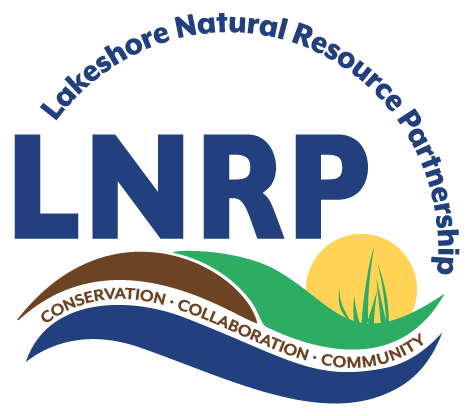LNRP Helps Lead Better Water Management at the Sheboygan Marsh
Lakeshore Natural Resource Partnership (LNRP), a Wisconsin environmental nonprofit focused upon land and water conservation in the Lake Michigan basin, has recently led forward critical collaborative restoration work at the Sheboygan Marsh that will help protect fish and wildlife and improve recreational hunting, fishing, and bird-watching.
The Broughton Sheboygan Marsh State Wildlife Area includes approximately 13,000 acres of ecologically diverse ecosystems consisting of expansive cedar and tamarack swamps, shrub marshes, lowland hardwoods, and large areas of marshes and open water bisecting the Sheboygan River. The marsh contains the largest restored wetland in the Wisconsin Watersheds of lakes Michigan and Superior, and it is located within Wisconsin's ecological tension zone.
Sheboygan Marsh was created as a result of the last glacial retreat that covered the region. Over thousands of years, the original glacial lake formed behind the rock outcropping and filled with decaying plant matter to form the present-day Marsh. In the early 1900s, many attempts to drain the Marsh for agricultural purposes occurred until 1938 when a dam was built to reflood the area and restore the landscape.
In partnership with Sheboygan County, LNRP upgraded the wetland infrastructure that is used to control water levels in the South Ditch, which maintains higher water levels to protect fish and other aquatic life during drawdowns. Periodic water level drawdowns have a variety of benefits to the marsh ecosystem but often have negative impacts on fish populations. The current water level control infrastructure was outdated and replaced with two flow gates and an updated culvert to better manage water levels.
The Sheboygan Marsh is home to many white tail deer, wild turkey, coyotes, fox, great blue herons, sandhill cranes, ruffed grouse, red-tail hawks, sora rails, yellow-headed blackbirds, rabbits, raccoons, muskrats, and mink. The marsh is also an important waterfowl nesting and staging area. Because water drawdowns generally support marsh wildlife habitat, upgrading water level control infrastructure that protects fish and wildlife during drawdowns will increase recreational uses such as waterfowl hunting, fishing, and wildlife viewing.
Related Links (Winter 2023 Newsletter):
Twenty Years… it’s kind of a big deal
Climate Change Coalition of Door County Welcomes Jeff Lutsey as Next Executive Director
2022 Lakeshore Water Summit a Great Success
Town of Wilson Utilizes ROOTS Funding
LNRP Wraps Up Climate Adaptation Fund Efforts
LNRP Helps Lead Better Water Management at the Sheboygan Marsh
Lutsey Named Head of Climate Change Coalition - Peninsula Pulse
Lutsey Named New Climate Change Coalition Executive Director - Door County Daily News



